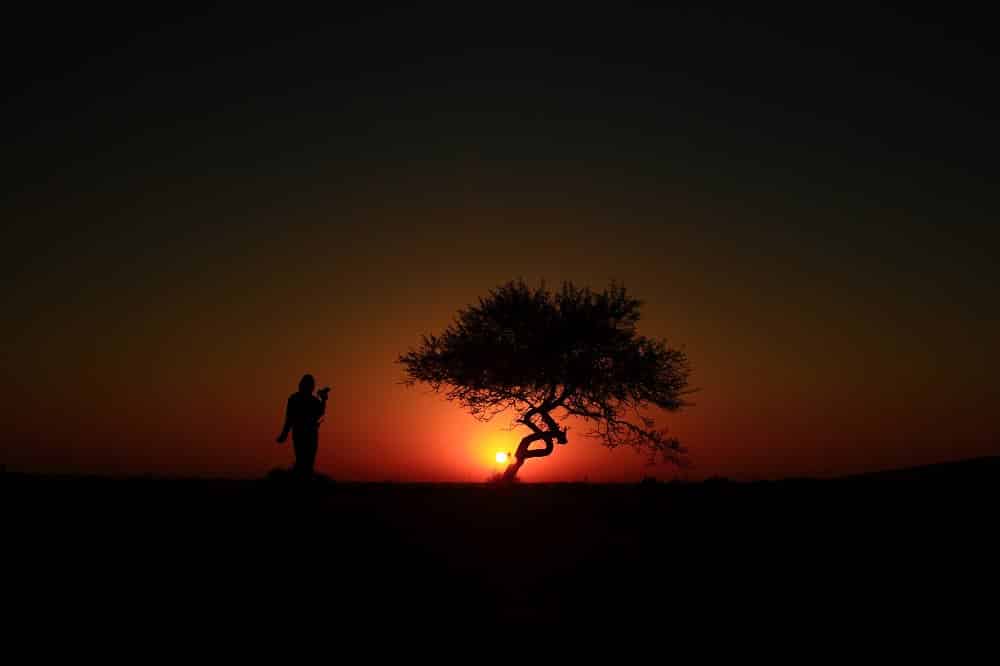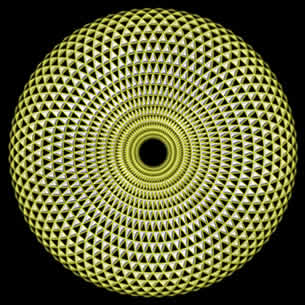Day 18 of Practice
Today’s practice was very rewarding. Not for any particular reason, the Maricyasana postures, mostly C and D were as challenging as ever to get the bind, and supta kurmasana is always a lot like being put underwater, then resurfacing in a different world. A powerful pose, one of my new favorites. I also am enjoying … Read more








